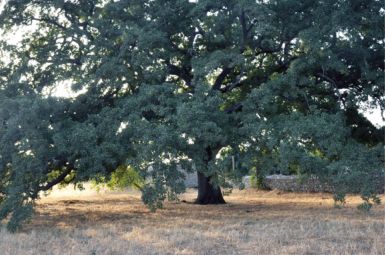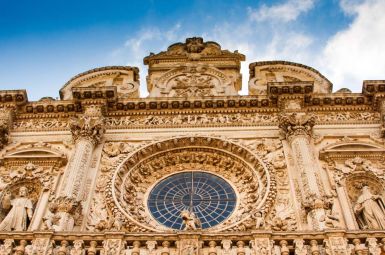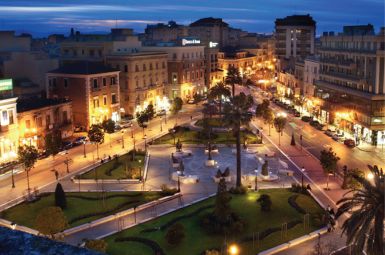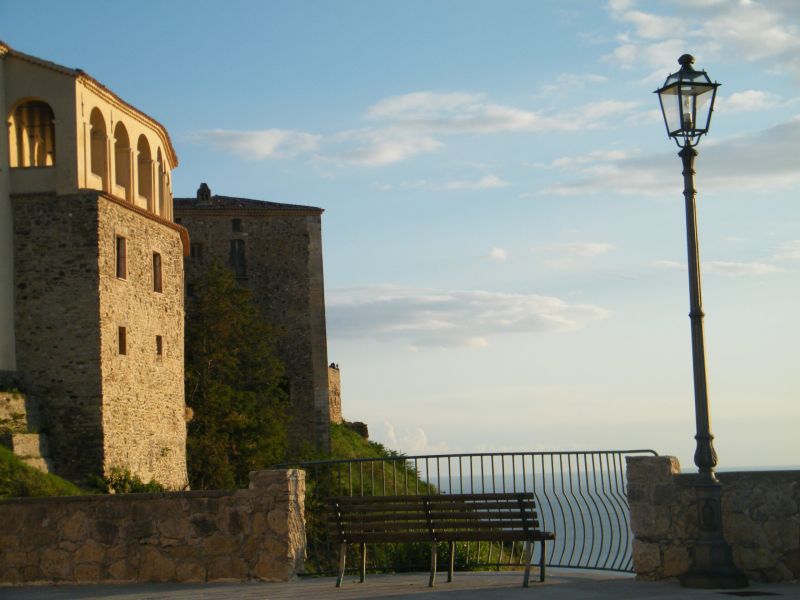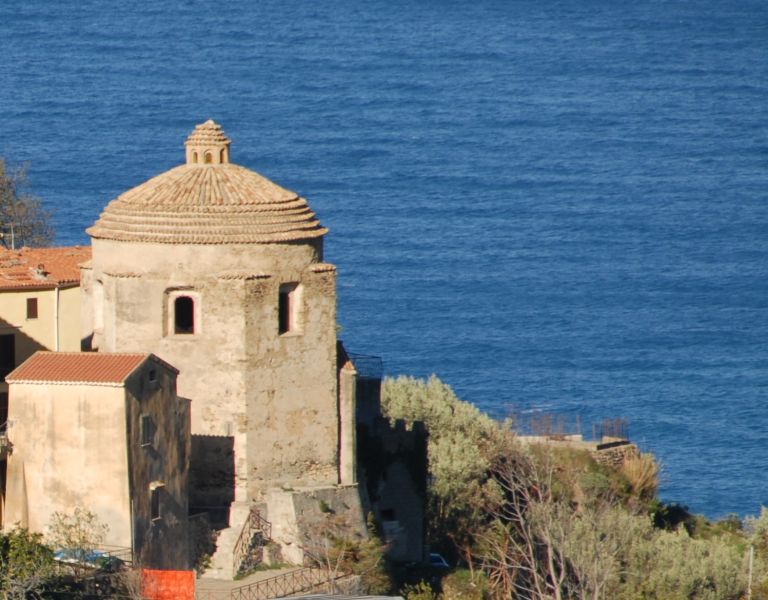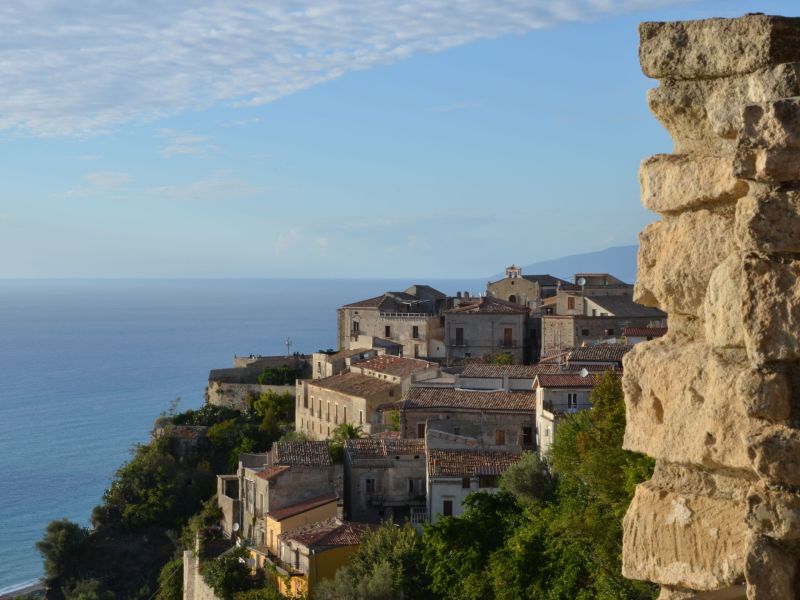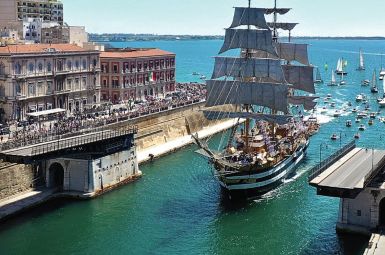
Fiumefreddo Bruzio
Il Borgo di Fiumefreddo Bruzio
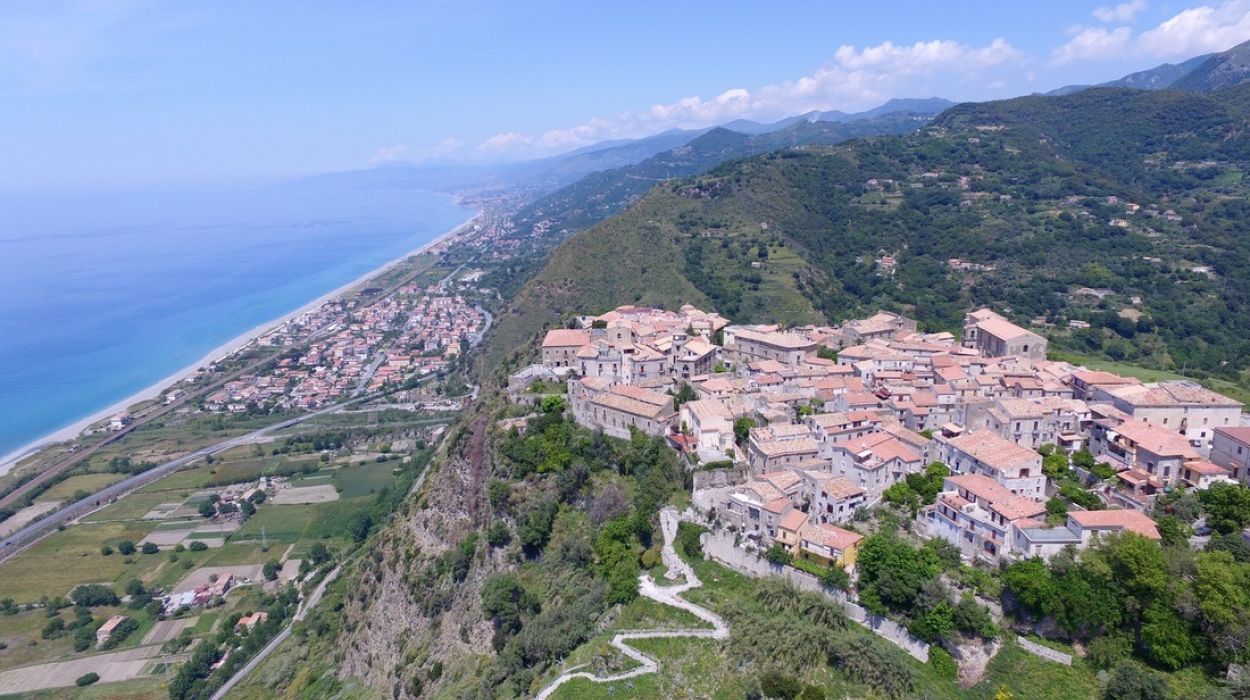
Il Borgo d’Italia
tutto da scoprire ed esplorare
Monumenti
La storia
Le prime notizie storiche di un centro abitato sul promontorio dove oggi si trova Fiumefreddo Bruzio risalgono all’anno Mille, nel pieno del Medioevo, ma quasi certamente già in epoca precedente esisteva un insediamento abitativo.
Flumen Frigidum, questo è stato il primo nome, per via di un’acqua sorgiva che sgorga ancora oggi a pochi passi dal mare. Il borgo è stato costruito in altura per potersi facilmente difendere dalle violente incursioni dei Barbari e dei Saraceni, che per secoli hanno messo in ginocchio il meridione.
Nel 1054 giungono in Italia i Normanni, il papa cede a Roberto il Guiscardo le terre di Puglia e Calabria e quest’ultimo regala al fratello Ruggero il feudo di Fiumefreddo. Questo è il primo di una lunga serie di lasciti e di passaggi tra feudatari. Ogni signore ha portato e ha preso da Fiumefreddo e durante i vari potentati sono stati costruiti i monumenti più importanti di questo borgo. Il castello è il simbolo del borgo, è stato più volte rimaneggiato e quasi distrutto agli inizi del Milleottocento, prima dal fratello di Napoleone Bonaparte e poi da Gioacchino Murat.
Il popolo però si è presto stancato delle incursioni e degli attacchi e per rimandare via gli invasori ha iniziato ad organizzarsi in comunità segrete, con lo scopo di rispondere ai soprusi subiti.
Quando l’impresa dell’Unità d’Italia stava per giungere a compimento, nel 1860, il consiglio comunale di Fiumefreddo decide di aggiungere l’appellativo ‘Bruzio’ al toponimo originale, per distinguersi dagli altri borghi del Regno d’Italia.
Nel 1975 il pittore siciliano Salvatore Fiume offrì le sue mani e il suo ingegno per dare nuova linfa vitale al centro storico di questo borgo calabrese, così realizzò bellissime opere nel castello, dipinse la cupola della piccola chiesa di San Rocco e negli anni Novanta donò due statue in bronzo, che sono state posizionate nelle due piazzette di Fiumefreddo Bruzio.
Castello della Valle
Simone da Mamistra, feudatario di Fiumefreddo tra la fine dell’anno mille e gli inizi del Milleduecento, scelse uno sperone roccioso per costruire il suo castello, nello stesso punto in cui vi era una precedente torre di epoca normanna.
Nel corso dei secoli il castello è stato abitato da diverse famiglie nobili, fin quando nel 1535 Carlo V d’Asburgo ha donato il maniero a Fernando de Alarcon, vicerè di Calabria e Marchese della Valle. Nel 1536 il castello ha subito un importante rimaneggiamento, con lo scopo di ingentilirne l’aspetto e adattarlo alla moda dell’epoca. In questo contesto è stata costruito anche il muro di cinta che ha circondato tutto il borgo e le due torrette, oggi conosciute come Galette.
Il castello è stato abitato fino al 1807, fino a quando, durante la rivolta napoletana contro i francesi, alcuni insorti si rifugiarono nelle sue mura e per questo il castello venne bombardato e semidistrutto. Quello che resta oggi sono i ruderi di una fortezza che ancora mostra con orgoglio i segni della sua potenza passata, ma non si vergogna di far vedere anche le cannonate che le sono state inferte.
Negli anni Settanta del ‘Novecento il pittore siciliano Salvatore Fiume, ha decorato il centro storico di Fiumedreddo Bruzio ed il suo vero capolavoro in questo progetto è stata la sala dei desideri del castello. Questa stanza era scoperta e solo successivamente è stato ricostruito il tetto. Sulle sue mura il pittore ha rappresentato quello che era il suo sogno per Fiumefreddo. Il tempo ha purtroppo danneggiato gli affreschi e di recente è stata avviata una grande opera di restauro che li porterà a ritrovare lo splendore originale.
Chiesa di San Michele Arcangelo
La chiesa di San Michele Arcangelo è la Chiesa Madre di Fiumefreddo Bruzio. È stata costruita nel XVI secolo per volere del Marchese della Valle, Fernando Ruiz d’Alarcon.
Nel 1683 un violento terremoto ha danneggiato l’edificio e durante i successivi lavori di ristrutturazione il pavimento della chiesa è stato sopraelevato, inoltre si è preferito ampliare la navata centrale, rafforzare la cupola e il campanile.
L’interno è a navata unica e si caratterizza per gli altari in finto marmo. La chiesa è ricca di opere d’arte di grande prestigio, come la serie di tele di scuola napoletana realizzate tra il Millecinquecento e il Milleseicento. Tra le tante opere presenti si ricorda in particolar modo “La Madonna del Carmelo” opera di Giuseppe Pascaletti, pittore locale, e “Il miracolo di San Nicola di Bari” di Francesco Solimeni.
Chiesa di San Rocco
La chiesa di San Rocco è stata costruita intorno alle seconda metà del ‘Seicento, sui resti di un’antica torre costiera. È stata realizzata come riconoscenza al santo da parte delle persone che sono state graziate dall’epidemia di peste.
La chiesa ha una pianta esagonale. Negli anni Settanta del ‘Novecento è stata rinforzata la cupola, scelta poi per un ciclo di affreschi di Salvatore Fiume. In senso antiorario sulla cupola si vede San Rocco ricoperto di bende, circondato da scene di dolore e con alle spalle la morte. Nell’ultimo spicchio di cupola invece si vede la vita che trionfa sulla morte.
Le scene della pestilenza sono riprese dal Decameron di Giovanni Boccaccio e da I Promessi Sposi di Alessandro Manzoni, contestualizzati con elementi tipici del paesaggio e del borgo di Fiumefreddo Bruzio.
Curiosità
Don Antonio Rotondo, arciprete innamorato della terracotta
Don Antonio Rotondo nacque a Fiumefreddo Bruzio sul finire del Milleottocento, quasi due secoli fa, eppure ancora oggi è una figura che non viene dimenticata.
È stato arciprete di questa piccola comunità in altura, i più anziani lo ricordano come un uomo dalla personalità complessa ma anche dall’animo buono e dal grande talento. Sì, perché Don Antonio non fu solo un uomo di chiesa ma è stato soprattutto un grande artista, che ha realizzato bellissimi presepi con personaggi in terracotta. Le sue opere però non sono state ben viste dalla Santa Sede, che ha deciso di scomunicarlo. Don Antonio allora, con grande ironia, nel suo presepe più famoso ha inserito una sezione dell’inferno, con suore e sacerdoti avvolti nelle fiamme.
Alcune delle sue opere sono ancora oggi esposte al Quirinale e al Museo dei Presepi di Roma. La sua passione e la sua arte sono giunte fino ai nostri giorni, grazie soprattutto ad Attilio Spina, suo discepolo ai primi del ‘Novecento, che ha tramandato i segreti e le tecniche dell’argilla a suo figlio Enzo.
Proprio Enzo, insieme a sua moglie Anna, portano avanti ancora oggi una bottega d’artigianato. Tra tutte le opere di grande prestigio che ci sono esposte all’interno, la più bella è di sicuro il singolare presepe rappresentato in un paesaggio tipico del territorio di Fiumefreddo Bruzio, con le rocce nude dei monti e la natura pura che circonda i caseggiati. Le scene sono caratteristiche di un villaggio agreste e pastorale, contraddistinte da una quotidiana tranquillità che improvvisamente scivola nelle viscere della terra, con i personaggi che si ritrovano avvolti nelle rosse fiamme del fuoco demoniaco.
Sono incredibili i particolari che rendono le scene nitide e distinte, quasi reali, tant’è che in questo piccolo microcosmo il suo creatore ha ideato un meccanismo che permette il cambio del giorno con la notte.
Personaggi
Giuseppe Pascaletti
Giuseppe Pascaletti è il pittore locale più conosciuto. È nato a Fiumefreddo Bruzio nel 1699 da una famiglia benestante.
Si forma a Napoli presso la bottega di pittura di Francesco Solimena. Ritornato in Calabria dopo alcuni anni, riuscì comunque ad ottenere alcune committenze grazie al sostegno del clero e del rango sociale a cui apparteneva.
Il ricorrere delle tematiche religiose e di soggetti spesso simili non gli ha permesso di godere di particolare fortuna. Della sua arte e della sua biografia si sa veramente poco.
È morto nel 1757 ed è stato sepolto nella chiesa di San Francesco da Paola, presso la cappella di famiglia.
Ricette Tipiche
La frittata di patate
Il simbolo culinario di Fiumefreddo Bruzio è la frittata di patate, che straordinariamente si prepara senza uova e senza formaggio ed è quindi adatta ad ogni tipo di esigenza.
Ingredienti:
- Un kilo e mezzo di patate;
- 70 gr di farina;
- Sale q.b.;
- Origano secco b.;
- Uno spicchio d’aglio;
- Olio per frittura.
Preparazione:
Pelare e lavare le patate, poi affettarle a rondelle, di medio spessore. Una volta tagliate, smuovere tutte le fettine per evitare di farle attaccare, salarle, aggiungere una manciata di origano, una spruzzata di pepe e mescolare. Infine aggiungere la farina e mescolare nuovamente.
In un tegame antiaderente riscaldare un cucchiaio o due di olio e versare le patate, schiacciandole leggermente sul fondo con l’aiuto di un mestolo. In un angolo mettere uno spicchio d’aglio e chiudere con un coperchio, facendo cuocere per dieci minuti a fuoco medio.
Quando la frittata sarà cotta, togliere il coperchio e alzare la fiamma del fornello per far dorare leggermente il fondo. Una volta terminata questa operazione, con l’aiuto di un piatto rivoltare la frittata in padella, avendo cura di raccogliere l’olio, e far dorare anche l’altra parte.
Quando è pronta si può disporre la frittata in un piatto piano, asciugando l’olio in eccesso. Va servita preferibilmente calda. A Fiumefreddo consigliano di accompagnarla con un po’ di soppressata ed un calice di vino.
